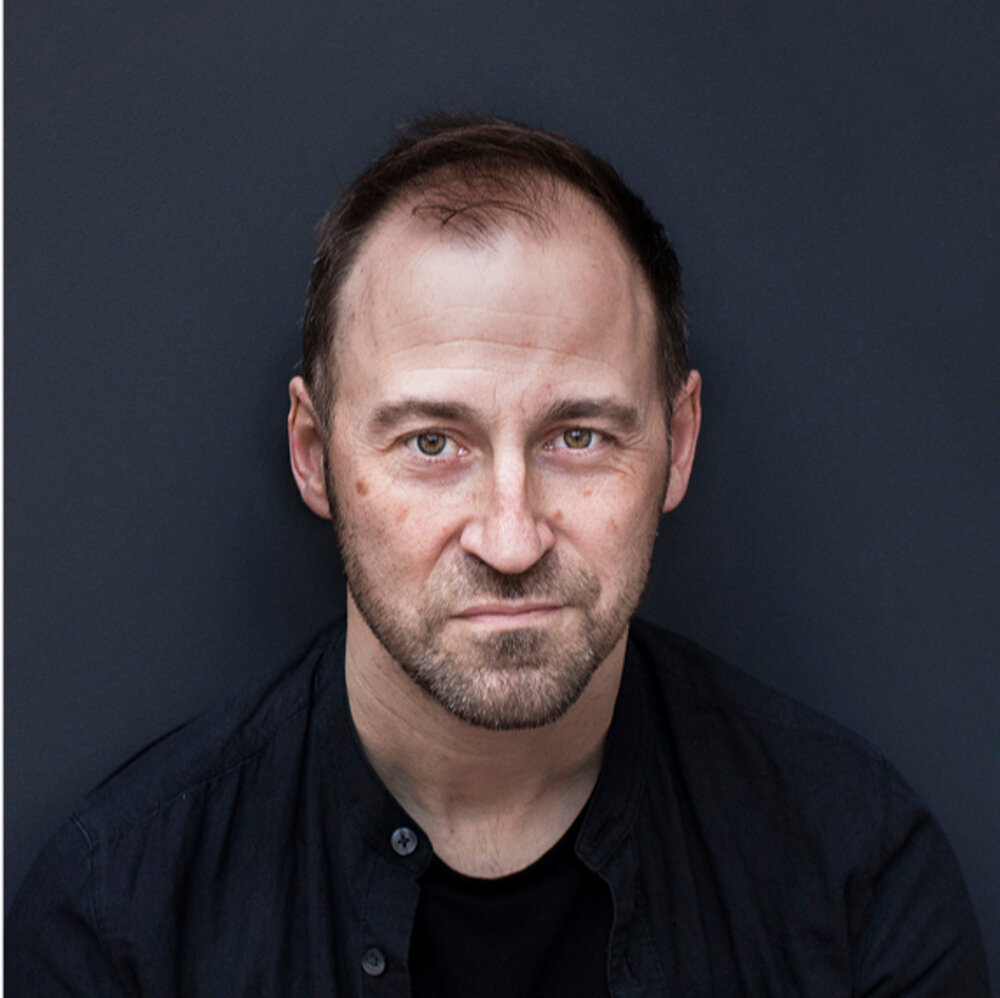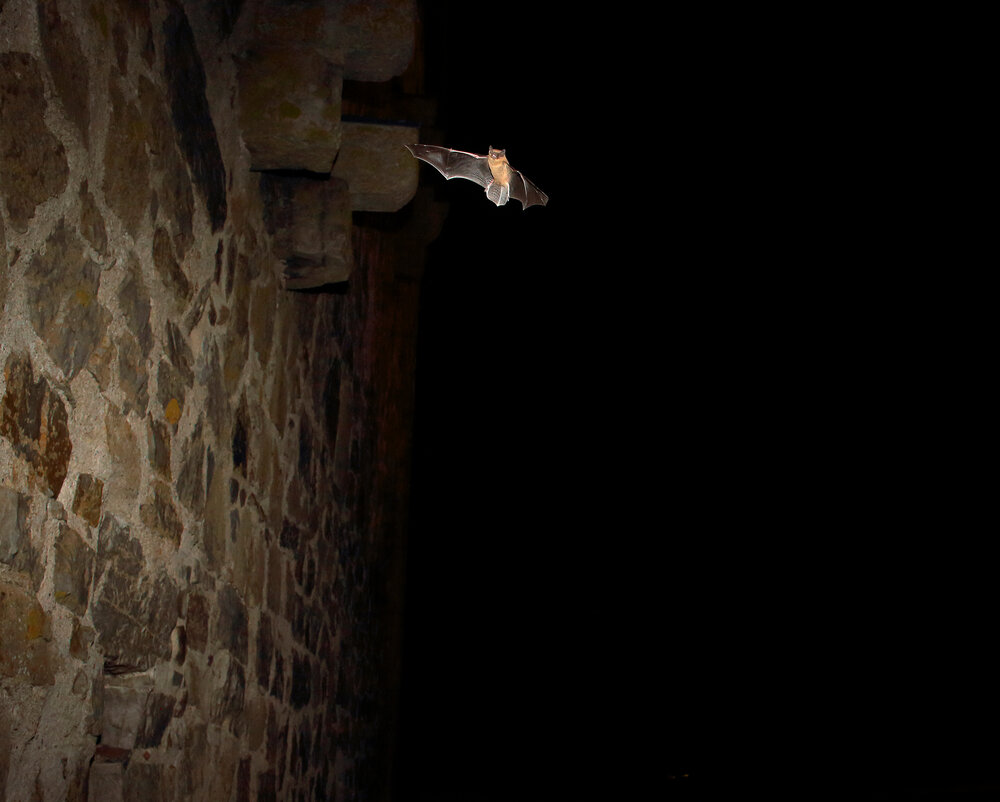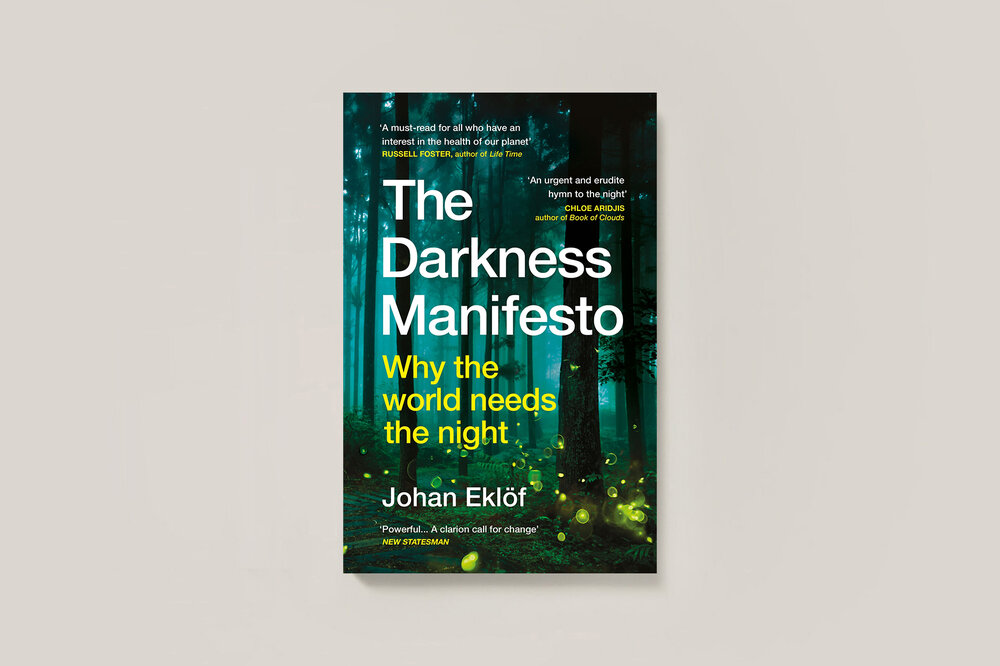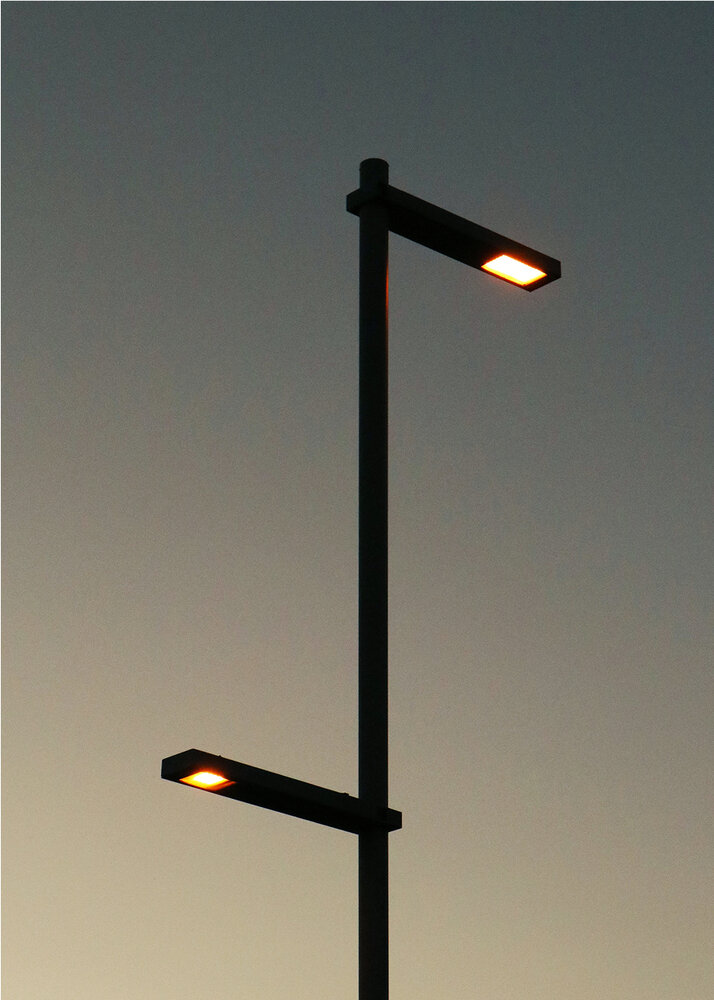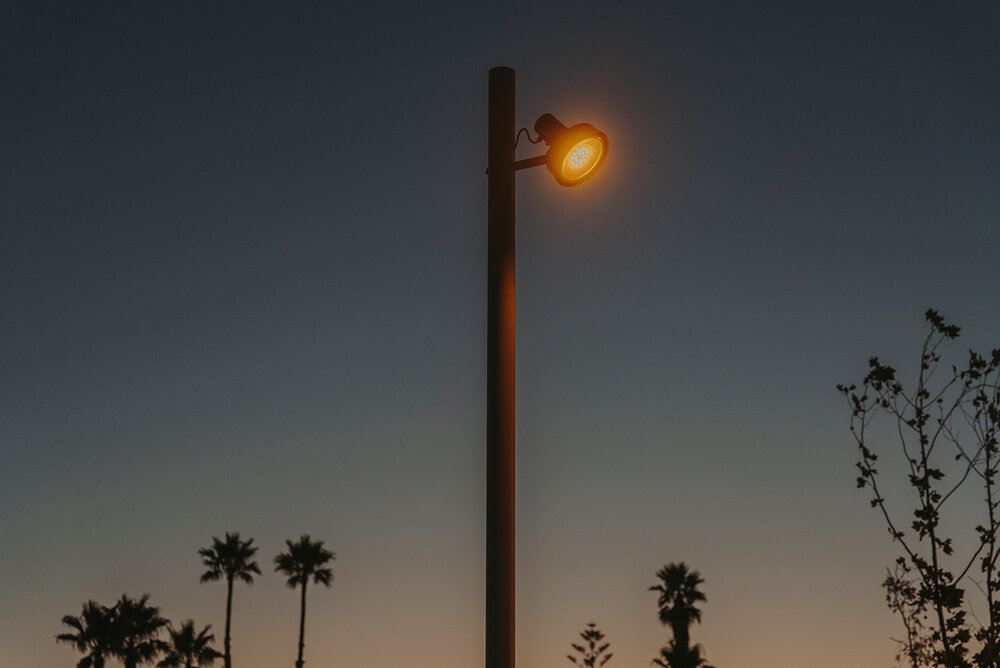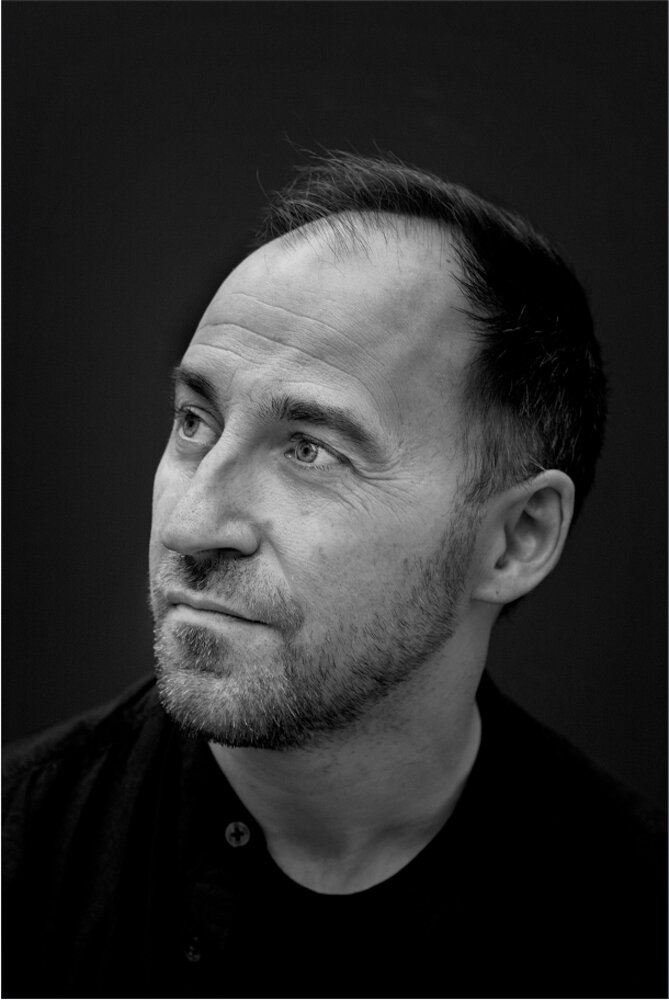Diese Website verwendet Cookies, damit wir dir die bestmögliche Benutzererfahrung bieten können. Cookie-Informationen werden in deinem Browser gespeichert und führen Funktionen aus, wie das Wiedererkennen von dir, wenn du auf unsere Website zurückkehrst, und hilft unserem Team zu verstehen, welche Abschnitte der Website für dich am interessantesten und nützlichsten sind.
Hallo Freund,
-
Melden Sie sich an oder registrieren Sie sich
Kommerzielles Netzwerk
In this conversation, we speak with Johan Eklöf, writer & bat expert, author of The Darkness Manifesto, to explore how artificial light at night affects both human health and wildlife. Eklöf shares his insights into why preserving natural darkness is essential for maintaining healthy ecosystems and restoring our connection with the night.
“In nature, light affects everything from sleep and feeding patterns to migration and mating.”
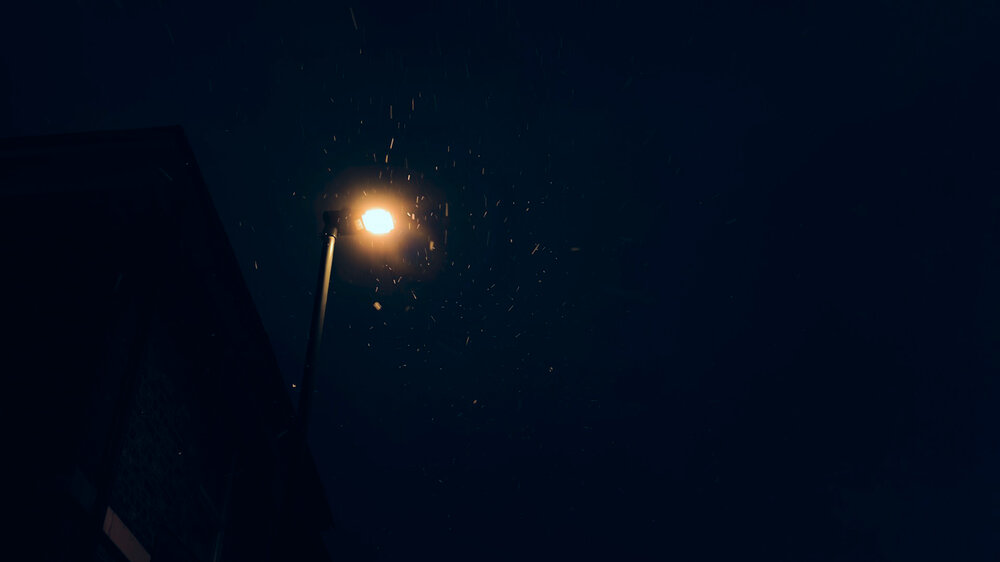
foto farola CANVIAR
amb bitxets CANVIAR